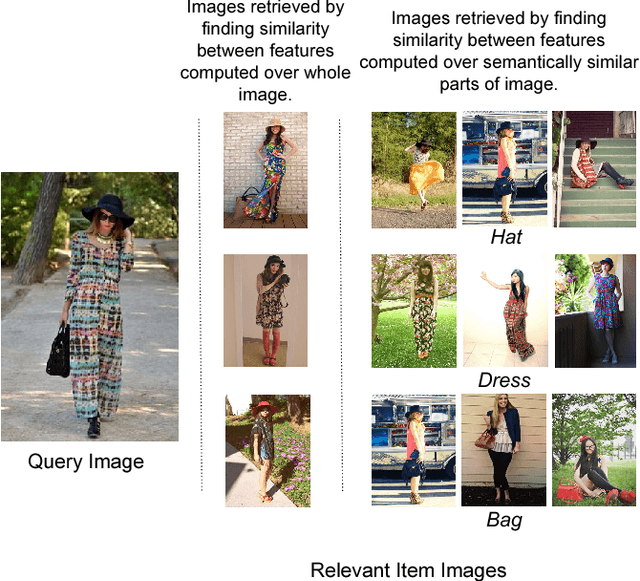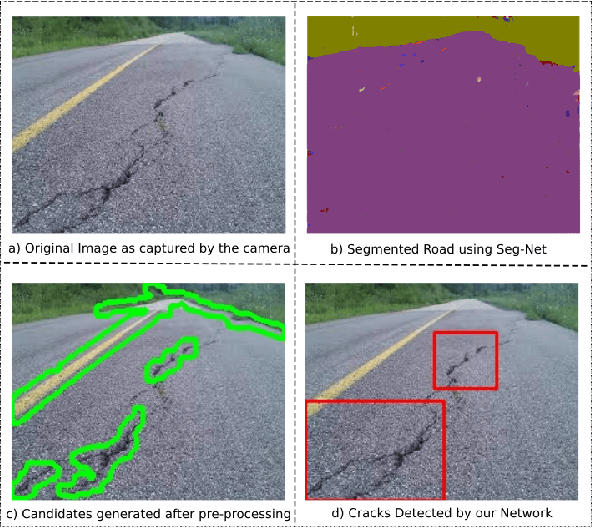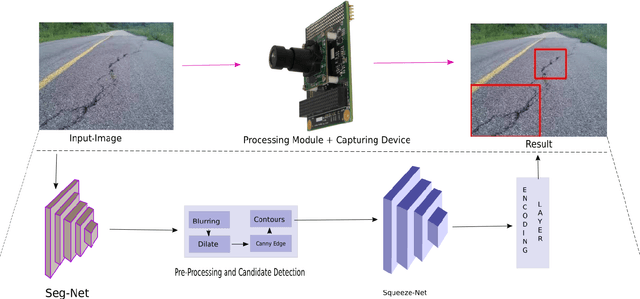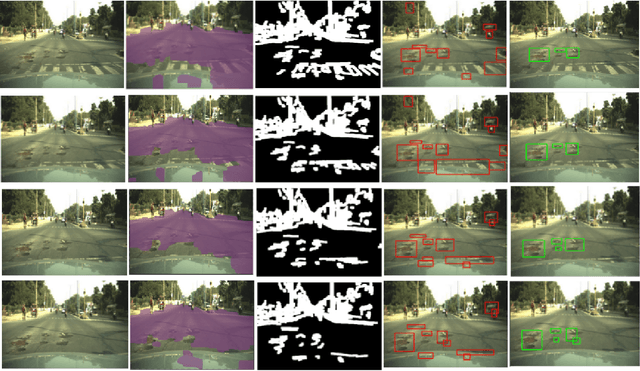Sukhad Anand
Diversity in Fashion Recommendation using Semantic Parsing
Oct 18, 2019



Abstract:Developing recommendation system for fashion images is challenging due to the inherent ambiguity associated with what criterion a user is looking at. Suggesting multiple images where each output image is similar to the query image on the basis of a different feature or part is one way to mitigate the problem. Existing works for fashion recommendation have used Siamese or Triplet network to learn features between a similar pair and a similar-dissimilar triplet respectively. However, these methods do not provide basic information such as, how two clothing images are similar, or which parts present in the two images make them similar. In this paper, we propose to recommend images by explicitly learning and exploiting part based similarity. We propose a novel approach of learning discriminative features from weakly-supervised data by using visual attention over the parts and a texture encoding network. We show that the learned features surpass the state-of-the-art in retrieval task on DeepFashion dataset. We then use the proposed model to recommend fashion images having an explicit variation with respect to similarity of any of the parts.
Crack-pot: Autonomous Road Crack and Pothole Detection
Sep 09, 2018



Abstract:With the advent of self-driving cars and autonomous robots, it is imperative to detect road impairments like cracks and potholes and to perform necessary evading maneuvers to ensure fluid journey for on-board passengers or equipment. We propose a fully autonomous robust real-time road crack and pothole detection algorithm which can be deployed on any GPU based conventional processing boards with an associated camera. The approach is based on a deep neural net architecture which detects cracks and potholes using texture and spatial features. We also propose pre-processing methods which ensure real-time performance. The novelty of the approach lies in using texture- based features to differentiate between crack surfaces and sound roads. The approach performs well in large viewpoint changes, background noise, shadows, and occlusion. The efficacy of the system is shown on standard road crack datasets.
Fingerprint Extraction Using Smartphone Camera
Aug 02, 2017



Abstract:In the previous decade, there has been a considerable rise in the usage of smartphones.Due to exorbitant advancement in technology, computational speed and quality of image capturing has increased considerably. With an increase in the need for remote fingerprint verification, smartphones can be used as a powerful alternative for fingerprint authentication instead of conventional optical sensors. In this research, wepropose a technique to capture finger-images from the smartphones and pre-process them in such a way that it can be easily matched with the optical sensor images.Effective finger-image capturing, image enhancement, fingerprint pattern extraction, core point detection and image alignment techniques have been discussed. The proposed approach has been validated on FVC 2004 DB1 & DB2 dataset and the results show the efficacy of the methodology proposed. The method can be deployed for real-time commercial usage.
 Add to Chrome
Add to Chrome Add to Firefox
Add to Firefox Add to Edge
Add to Edge